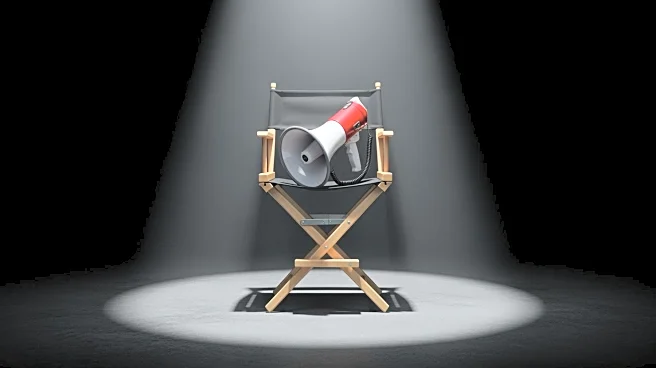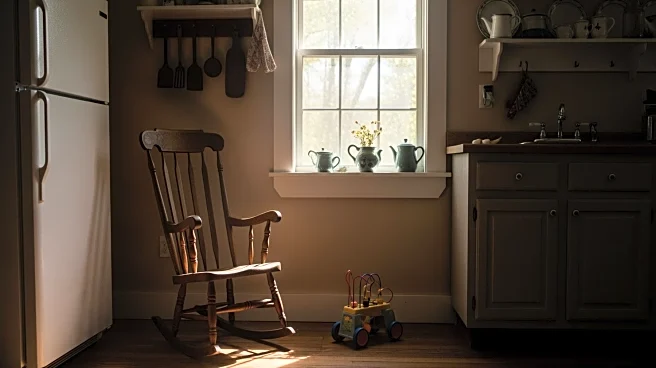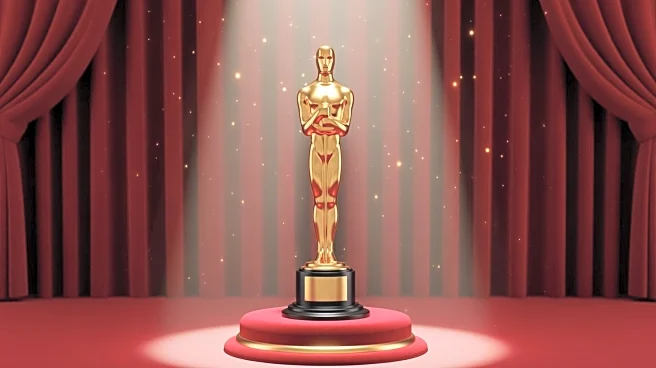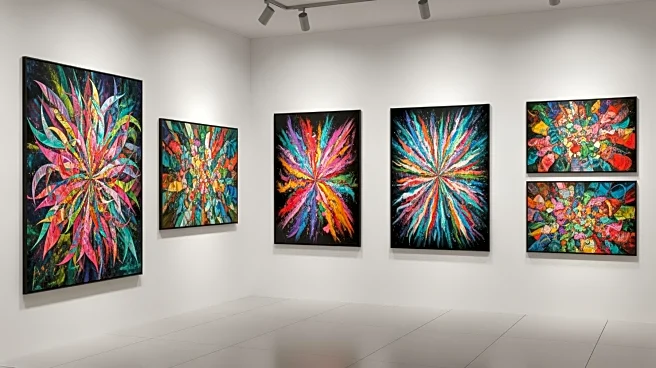What's Happening?
Jennifer Lawrence has sparked a significant debate within the film industry following her comments on directing styles during a press Q&A on November 6, 2025. Lawrence stated that female directors tend
not to 'over-direct' actors, contrasting this with her experiences with some male directors. The remark quickly gained traction, being featured in outlets like Vulture and Deadline, and coincided with the release of her latest film, which opened on 1,983 screens and achieved a $2.7 million three-day box office gross. The discussion has brought attention to the dynamics of directorial approaches and their impact on film production and actor performances.
Why It's Important?
The comments by Jennifer Lawrence have opened up a broader conversation about gender dynamics in the film industry, particularly regarding directorial styles. This debate is significant as it touches on issues of authorship, set culture, and the recognition of performance choices. The polarized reactions highlight ongoing discussions about gender equality and the representation of women in leadership roles within Hollywood. Lawrence's high profile adds weight to the conversation, potentially influencing hiring practices and award season narratives. The discourse may lead to a reevaluation of directorial methods and their effects on creative collaboration.
What's Next?
The industry may see increased scrutiny of directorial practices, with potential calls for clearer standards on set. As awards season approaches, Lawrence's remarks could influence voting patterns and narrative framing around films and performances. The conversation may also lead to more thinkpieces and insider discussions about the impact of set culture on actor performances. Stakeholders in the film industry, including directors, producers, and actors, may engage in further dialogue to address these issues and consider adjustments to current practices.
Beyond the Headlines
The debate initiated by Lawrence's comments could have long-term implications for the film industry, potentially affecting how directors are perceived and hired. It may also contribute to a shift in cultural attitudes towards gender roles in creative leadership. The discussion could encourage more nuanced conversations about the balance between directorial control and collaborative creativity, influencing future film productions and industry standards.











